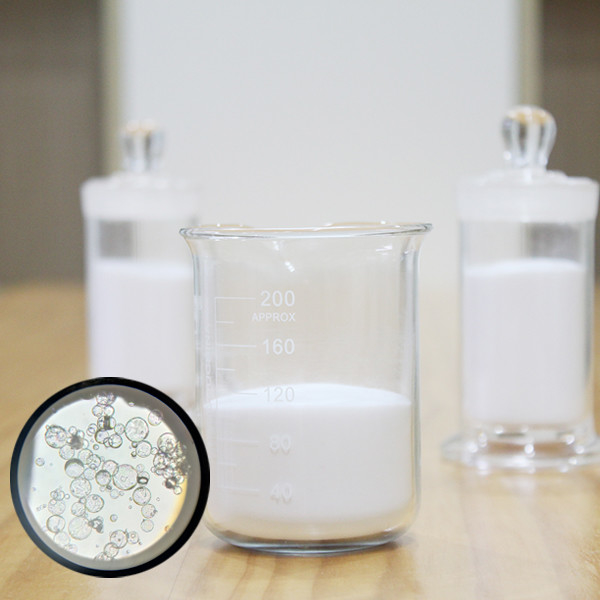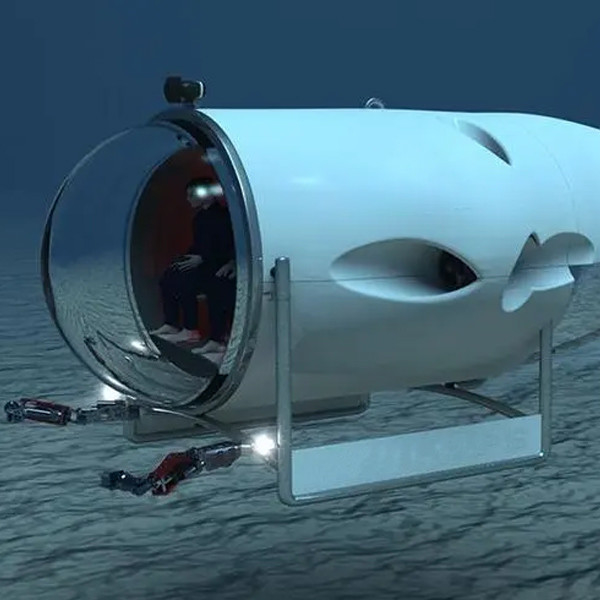Deep Sea Insulation Pipe Glass Microspheres HN60 Low Density Drilling Fluid
Product Specifications
| Attribute |
Value |
| Product name |
HN60 glass microspheres |
| Application |
Oil Field |
| Diameter |
10-65 µm |
| Density |
0.15-1.0 g/cm³ |
| Compressive Strength |
10000 psi |
| Chemical Composition |
SiO2, Na2O, CaO, MgO, Al2O3 |
| Color |
White or transparent |
| True Density |
0.58-0.62 |
| Bulk Density |
0.30-0.34 |
| Dielectric Constant |
1.2-2.2(100MHZ) |
| Thermal Conductivity |
0.2 |
Hollow Glass Bubble Description
The use of hollow glass bubbles in buoyancy materials is widespread across many industries, including offshore oil and gas, marine, and defense applications.

Hollow Glass Bubbles Applications
- Coatings: Added to buoyancy coatings for offshore risers and marine crafts to reduce weight and improve buoyancy properties.
- Elastomers: Incorporated into flexible buoyancy products like inflatable buoys and life vests for enhanced comfort and safety.
- Buoyancy modules: Used in syntactic foam for offshore pipelines, umbilicals, and risers to improve performance and reliability.
Technical Specifications
| Model |
True Density(g/cm³) |
Bulk Density(g/cm³) |
Compressive Strength(psi) |
Diameter(um) |
| HN60 |
0.58-0.62 |
0.30-0.34 |
7250 |
15 |
35 |
70 |
Product Advantages
Light Weight
Enhance Stability
Anti Corrosion
Why Choose Our Hollow Glass Bubbles?
- Specialized in manufacturing Hollow Glass Bubbles for over 20 years
- Ranked among the largest HGB manufacturers globally
- Guaranteed product quality with comprehensive testing capabilities
- Consistent product performance and reliability
Frequently Asked Questions
Can you tell me more about packaging details?
We offer carton and ton bag packaging options with dimensions varying by model and density. Contact us for customized packaging solutions.
What is Hainuo Technology's background?
Founded in 2011 with government-backed research, we've achieved significant technological breakthroughs and been recognized as a "High-Tech Enterprise" and "Outstanding Enterprise in Shanxi province."
What safety precautions should be taken when handling HGBs?
Work in well-ventilated areas, handle packages gently to minimize dust, and use protective equipment if you have dust allergies.
What are the advantages of hollow glass bubbles?
They enhance thermal insulation, fluidity, stiffness, strength endurance, and chemical resistance while reducing weight.
What are common applications?
Used in aerospace, rubber, plastic, marine, and construction industries as lightweight fillers that improve performance and reduce costs.
What is the density and size range?
Density ranges from 0.11-0.606 g/cm³ with sizes from 10-115µm, varying by application.
Are HGBs environmentally friendly?
Yes, made from natural sand, recyclable, and produced with environmental responsibility throughout our processes.
Can HGBs be used in 3D printing?
Yes, they reduce weight and improve strength in 3D printing materials while enhancing printability.
Can HGBs be used in concrete?
Yes, as lightweight aggregates they improve thermal insulation, fire resistance, workability, and durability.
What is your annual production capacity?
Currently 15,000 tonnes annually, expanding to over 35,000 tonnes by 2026 with our second production line.
How should HGBs be stored?
Store in dry, cool, dark areas away from moisture and direct sunlight, with packages tightly sealed to prevent particle emission.

 Your message must be between 20-3,000 characters!
Your message must be between 20-3,000 characters! Please check your E-mail!
Please check your E-mail!  Your message must be between 20-3,000 characters!
Your message must be between 20-3,000 characters! Please check your E-mail!
Please check your E-mail! 


